A thoughtpiece on naming in Whisky
let’s begin
In branding, everything lies in the name. If it’s too hard to pronounce, people wont like it, if it’s not related to the product, people won’t respond well or if it’s just plain weird, no one is going to bother buying your product.
Clearly no one sent the memo to Whisky brands however, because they are some of the hardest names to pronounce and some of them aren’t even related at all.
We’ve brought together some of the different Whisky names according to location, founder and just random objects (or are they?) so you can learn a bit more about what it takes to name a Whisky.
Location

Glenfiddich translates as Valley of the Deer in Gaelic and this is a meaning that is not lost on their marketers. This explains why the deer adorns all their bottles and merchandise and really makes for a recognisable symbol for the brand. The deer is an animal that is deeply linked to Scotland, a country with a lot of myths surrounding stags, so really this makes a lot of sense.
This couldn’t have been a better choice for this brand. Ben Nevis is the tallest peak in the British Isles and so it’s pretty well known. There literally couldn’t be a bigger symbol to represent this brand. It is a great way to capture tourists’ attention as well, since they’ll definitely know that Ben Nevis is a thing, whereas Glenfiddich? Who the heck knows what that is?
Knockdhu is interesting because it’s called after the area of Knock, where it is locted. However, the Whisky produced here goes by the name AnCnoc. Remember that point I made in the intro about brand names being easy to pronounce? And what’s with the weird capitalisation in the middle of a word? Get it together AnCnoc! It’s actually pretty simply and it pronounced Ah-Knock, and is used in place of Knockdhu so people don’t get confused with Knockando Whisky.
Now is AnCnoc was hard to pronounce then let’s not even bother with Bunnahabhain. I’ve looked this up and there are conflicting reports about the true pronounciation. It’s either Boo-Na-Ha-Ban or Boo-Na-Ha-Van. If any of ou out there knows, please enlighten us! This distillery is called after the village it is situated in, which means foot of the river in Gaelic.
5. Oban
What fascinates me about Oban is that before the distillery, there was nothing there. And then after the distillery, a town sprung up around it. I love this simply for the fact that is shows the positive impact that the Whisky industry has on the Scottish economy, where a distillery appears and suddenly a town grows around it.
founder
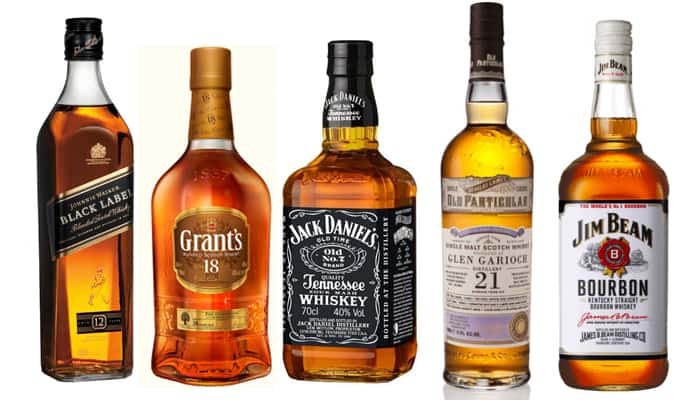
The world’s most popular blend bears the name of its founder, John Walker. This brand was started in Walker’s grocery store, where customers would seek out the young entrepreneur’s home blends. The brand likes to stay close to their roots, and created a pretty successful ad called The Man Who Walked The Earth in homage to their founder. John was pretty influential on the Whisky world, so it makes sense that his brand should still bear his name today.
The brand founded by William Grant is today a brand in its own right as well as the owner of several other successful brands. Just as with Johnnie Walker, William Grant and his family have had a massive impact on the Whisky world and represent many of the brands we love and the distilleries that make them. so it only make sense that their names should be forever remembered in the name of their Whisky.
Jack Daniel has become something of a megend in the American Whisky world. Funny thing is, he was actually called Jasper, which does quite have the same ring to it as Jack. I couldn’t really imagine anyone ordering a Jasper and Coke at a bar, could you? There are many myths surrounding Jack, including his methods of marketing his Whisky, which included making himself so memorable that people would never forget his name and therefore his Whisky’s name. Which in hindsight, really seems to have paid off quite well.
Originally founded in 1948 by Fred Douglas Laing and is one of the few companies to remain in the hands of the same family since its beginnings. But remain it has, and it is now in its third generation of Laing owners. This company is so into their family ties that they even commemorated the family Fox Terrier with a blend called Scallywag.
The Böhm family emigrated from Germany to America in the 19th century and changed their name to Beam. They settled in Kentucky, and this is where the legendary Jim beam Boubron was born. It was originally started by Johannes “Reginald” Beam and after many years of development was finally left in the hands of James Beauregard Beam. It became the Jim B. Beam Company in 1935. The family remained as Master Distillers at the company for many decades after with the exception of Jerry Dalton, who passed away in 2007. His replacement however, was a member of the Beam family.
RANDOM
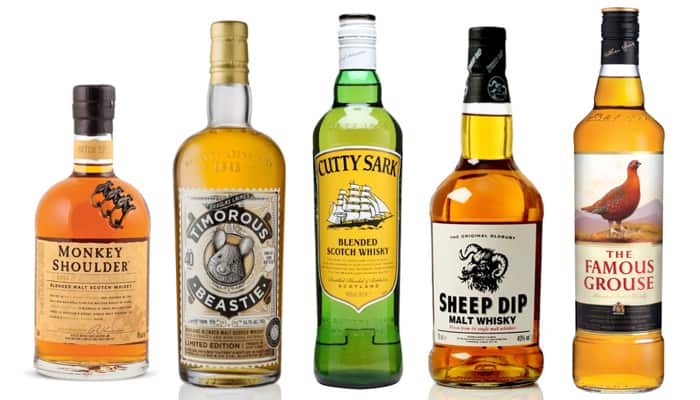
This one sounds a bit odd at first, but once you know what it is you’ll understand. Monkey Shoulder is in reference to the way the arm of the workers who turned the barley would droop down after a days work. this is a traditional reference and one that now adorns the bottle of a very fine blend, despite the fact that labourers aren’t used to turn the grains as often today as they were many decades ago.
This batted malt from Douglas Laing that commemorates the famous poem by Scottish bard Robert Burns. Douglas Laing are great at naming their Whisky, and this one hits the nail on the head. It represented a great person in Scottish history while at the same time provides a memorable mascot for the blend to be remembered by.
Cutty Sark is named after a magnificent ship, the exact one that adorns its label. The founders, all the way back in 1923, were hoping to capture the spirit of adventure with the name, and also the ship had just returned to England so it was probably fresh on everybody’s mind. This was the first Whisky made to be mixed, which during the days of prohibition was becoming more common.
This one is an example of naming your product after something unrelated that you probably don’t really want it to be related to. Sheep dip (not the Whisky) is a mix of insecticide and fungicide in which sheep are bathed with the hope of ridding them of parasites. Sounds exactly like the kind of thing you’d be reaching for on a lovely summer’s evening. But the brand seems to have been quite successful despite the name, and lets be honest, we will all definitely remember this one.
Upon first hearing this name my initial questions were what is a grouse and why is it famous? Of course I have come to learn that a grouse is a type of bird and it was famous as Scotland’s national game bird, the red grouse. The bird has a name but I can’t quite remember what it is right now, so maybe if one of our wonderful readers knows they can tell us! The brand was originally just called The Grouse, but clearly they have grown so popular that they had to distinguish themselves from all the other bird based Whiskies on the market.



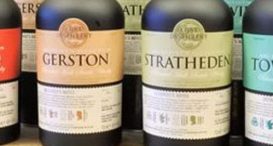
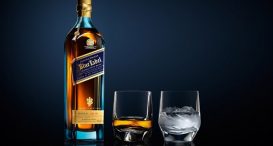


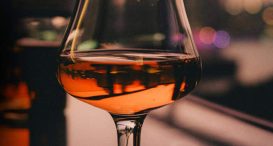
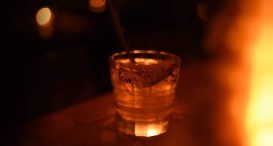

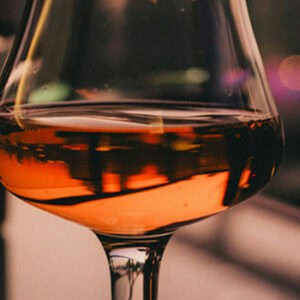




2 thoughts on “A thoughtpiece on naming in Whisky”